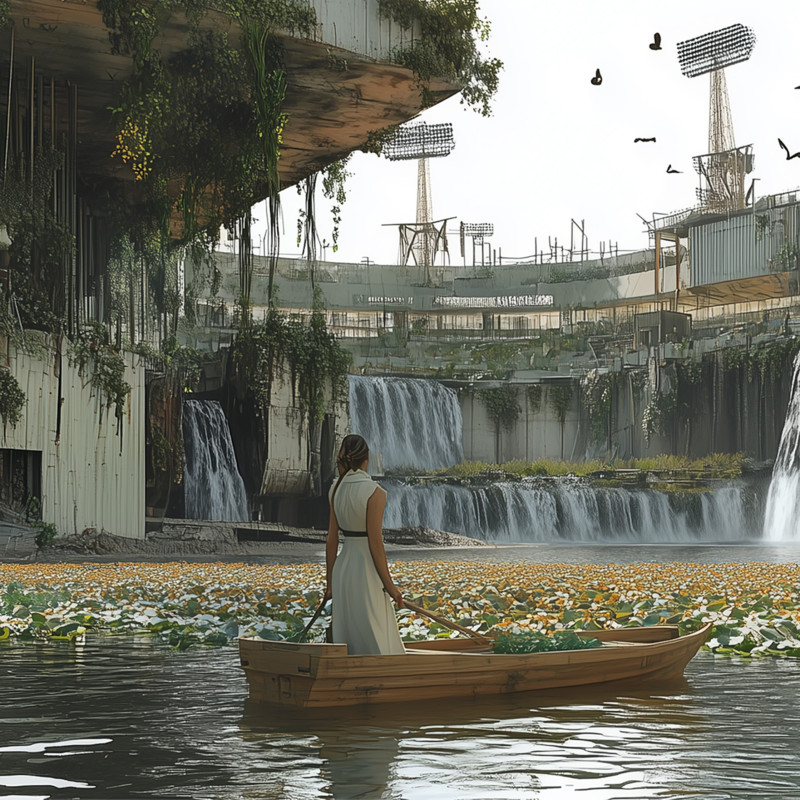5 key facts about this project
At its core, the project is designed to fulfill a multifaceted function, accommodating various activities that promote social interaction and engagement. This emphasis on community is reflected in the layout and the flow of spaces, as well as in the variety of amenities offered. The architectural design thoughtfully incorporates open areas that encourage connectivity among users, serving as a dynamic hub for work, leisure, and community gatherings.
One of the distinguishing features of this project is its comprehensive approach to materiality. A combination of sustainable materials has been utilized, including locally sourced timber, recycled metals, and advanced glass solutions that enhance energy efficiency while providing natural light. The use of these materials not only minimizes the environmental footprint of the building but also creates a warm, inviting ambiance. The timber adds a tactile quality to the interior, promoting a sense of well-being among its occupants, while the glass elements contribute to transparency and visual continuity with the surroundings.
The architectural design embraces a minimalist aesthetic characterized by clean lines and a neutral color palette, allowing the project to harmonize with its urban environment without overwhelming it. The thoughtful organization of spaces supports the functionality of the building, while the design strategies employed—such as passive ventilation and thermal mass—underscore a commitment to sustainability. This architectural approach not only enhances comfort but also champions energy conservation, aligning with broader environmental goals.
Unique to this project is its innovative use of green roofs and vertical gardens, which not only improve air quality but also provide biodiversity within the urban fabric. These green spaces act as a buffer against urban heat and contribute to the overall ecological performance of the building. The integration of nature into architectural design fosters a connection between the indoors and outdoors, promoting a healthier and more engaging living environment.
Furthermore, this project stands out for its commitment to accessibility. The design has been meticulously planned to cater to individuals of all ages and abilities, ensuring that spaces are navigable and welcoming. Features such as ramps, tactile surfaces, and clearly marked pathways are integral to the architectural solution, reflecting an inclusive approach that prioritizes user experience.
This project encapsulates forward-thinking architectural ideas that respond to contemporary challenges while enriching the community's built environment. Its design manifests a balance between urban density and personal space, fostering a sense of belonging among occupants. Those intrigued by the project are encouraged to delve deeper into its architectural plans, sections, and intricate designs to fully appreciate the thoughtful concepts that underpin this remarkable endeavor. Exploring the project presentation will offer invaluable insights into its unique architectural ideas and the processes that shaped its realization.


 Leon Vercueil Van Der Westhuizen
Leon Vercueil Van Der Westhuizen 




















